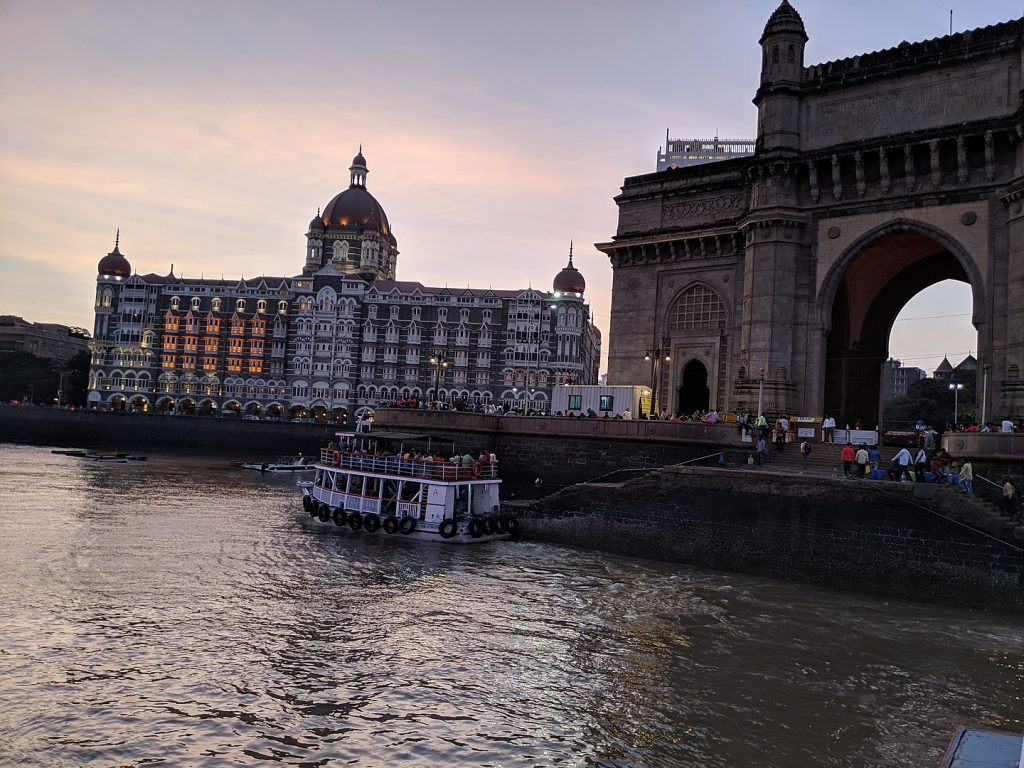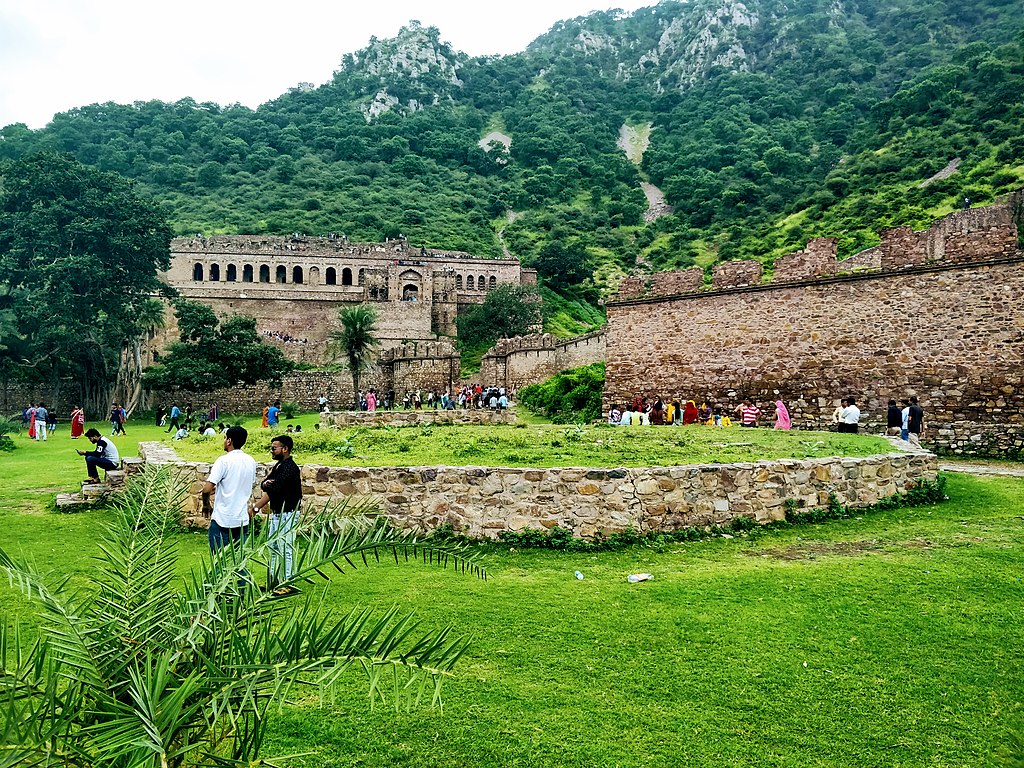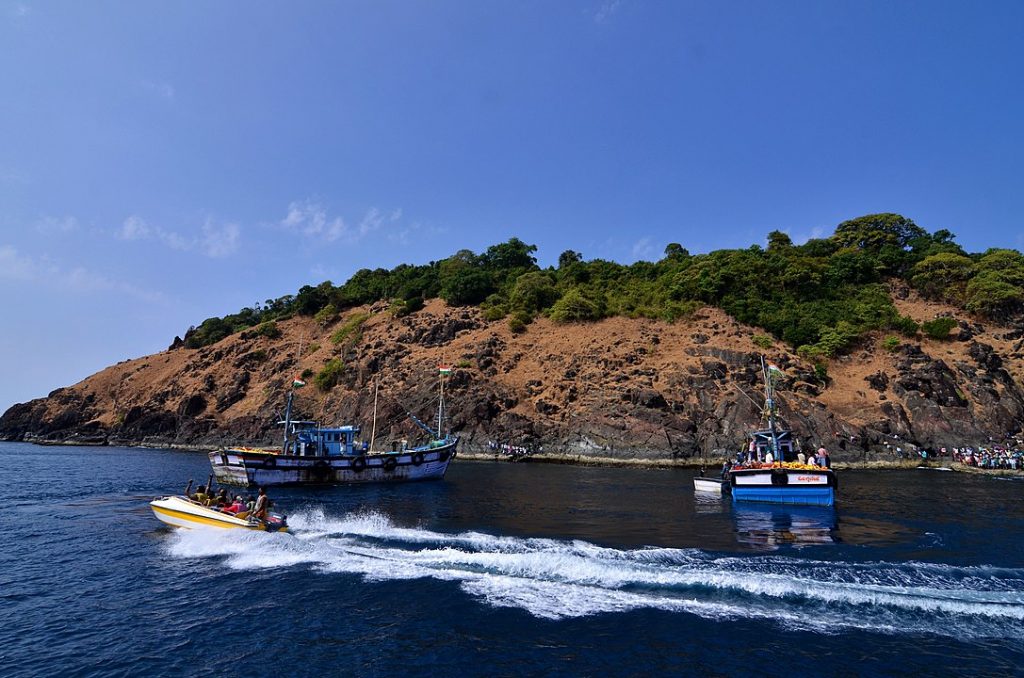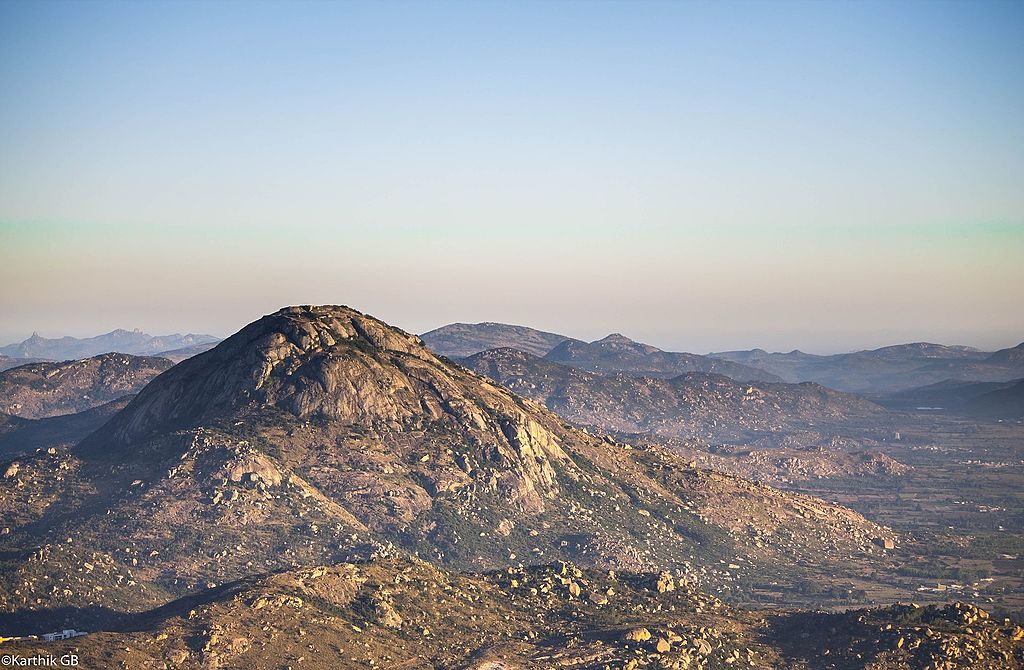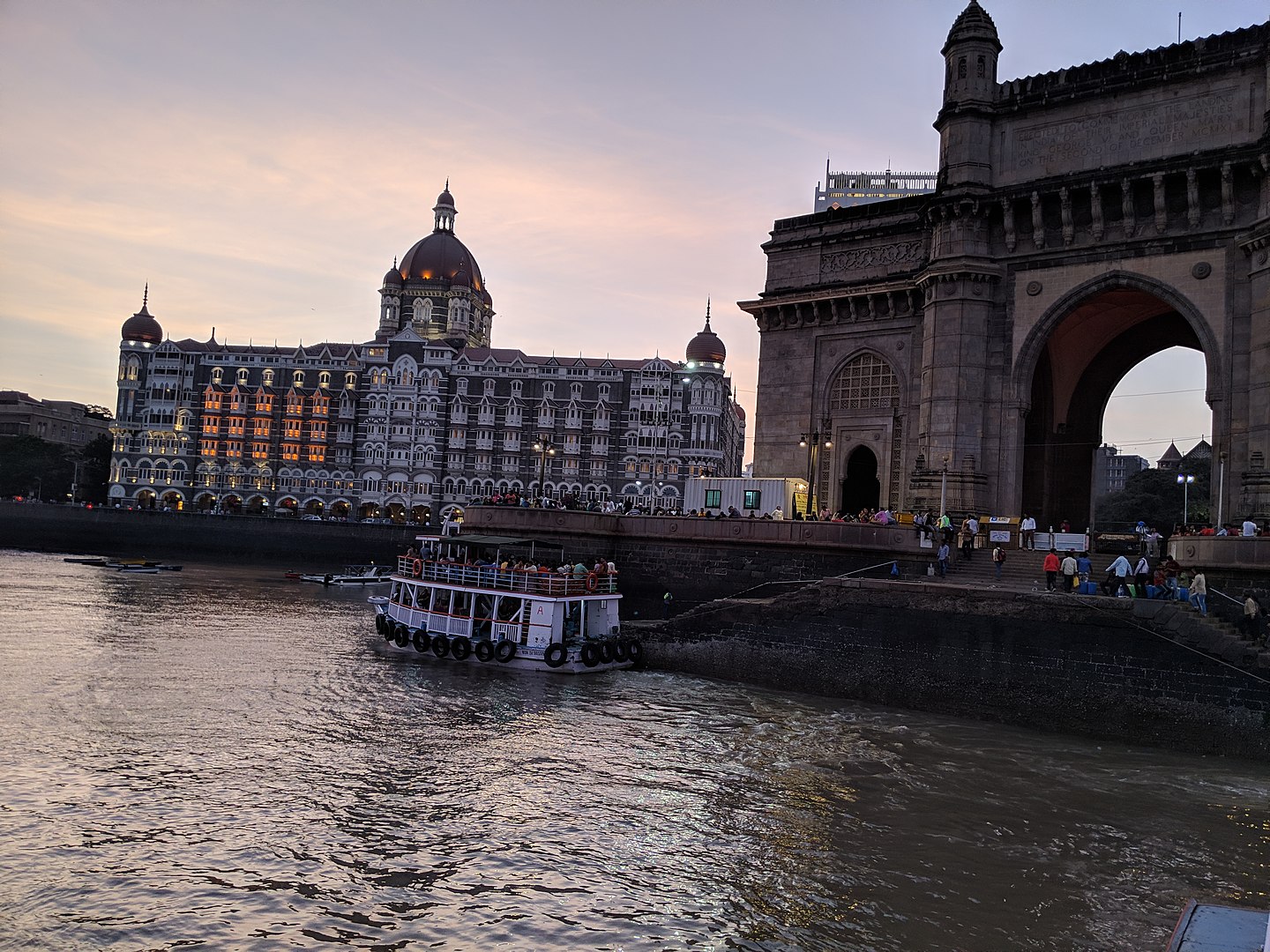Konark is situated in the Indian state of Orissa which is famous for the Sun Temple and other fascinating places to visit. Along with the dreamy destinations the people of the city organize an annual dance festival at gorgeous sandy beaches.
The Sun Temple in Konark is an architectural masterpiece and one of India’s most stunning monuments. The Annual Dance Festival is a five-day cultural spectacle that brings together exceptional dance talent from across the country. This festival is a spectacular celebration of our country’s rich cultural and artistic past, an occasion to properly appreciate the many dance forms that our country has created. The celebrations take place against the backdrop of the Sun Temple, which adds to the overall grandeur and beauty of the event. Aside from that, Konark conducts the Sun Festival, during which believers bathe in the sea to offer devotion to the Sun God. The Dance Festival also features a Handicrafts Mela, where visitors may purchase one-of-a-kind and delicately handcrafted items that beautifully depict Oriya art.
Here is the list of some best places to visit in Konark. Check it out-
1- Astaranga Beach
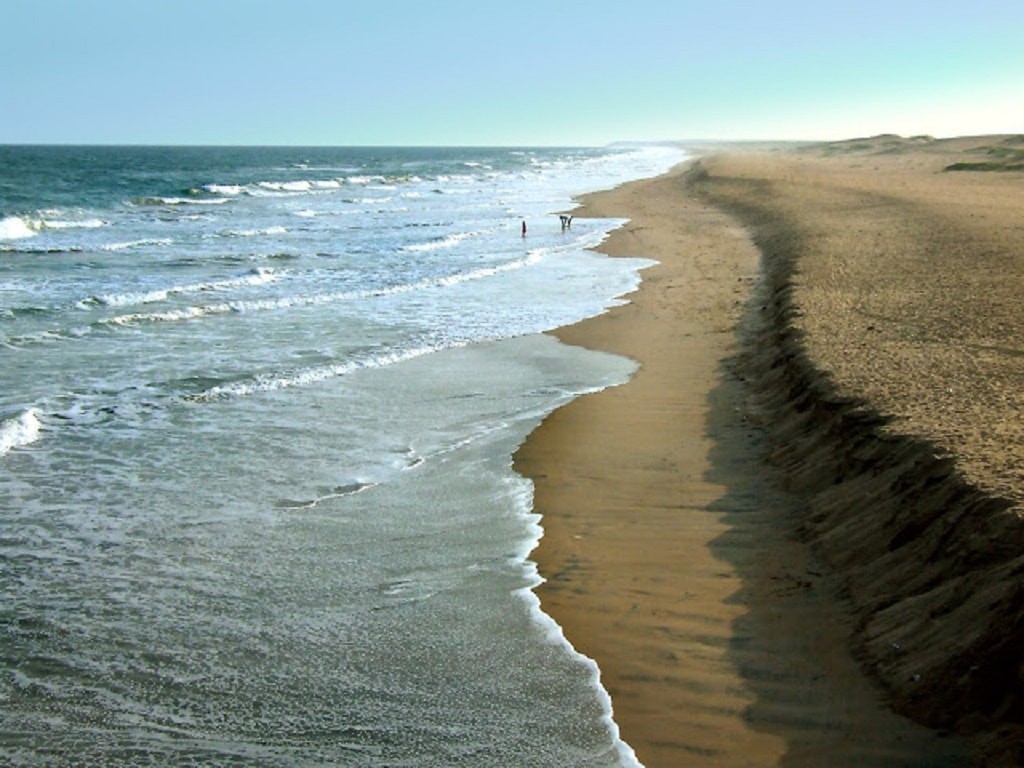
Astaranga, which means “bright sunset,” is a beautiful beach in the Indian state of Orissa. As the name implies, this beach is well-known for the breathtaking sunset views it offers. The sky takes on vibrant hues, and the blue water in contrast to it creates a wonderful atmosphere. The beach in Astaranga is a well-known fishing hamlet, and every morning a market is set up on the beach where you can buy a variety of fresh seafood. This beach is ideal for getting away from the hustle and bustle of city life and spending some quiet, tranquil time renewing yourself.
Timing- Open 24 Hours
Entry Fee- No Entry Fee
Time Required- 1-2 Hours
2- ASI Museum
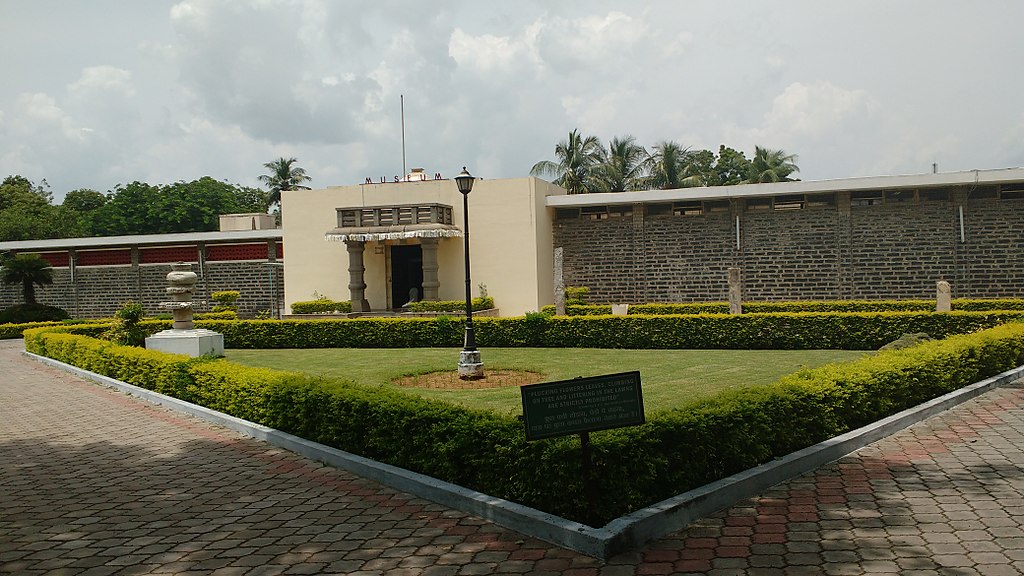
Outside the Sun Temple, the ASI Museum contains several remarkable relics that reflect the essence of Oriyan art. There are 250 different types of antiques at the museum that were recovered from the Sun Temple. There are distinct galleries with unique collections of antique things such as carved stones, Surya Narayana pictures, sexual sculptures, and other items in the collection.
Timing- 10:00 AM To 5:00 PM
Entry Fee- INR 20 Per Person
Time Required- 1-2 Hours
3- Chandrabhaga Beach
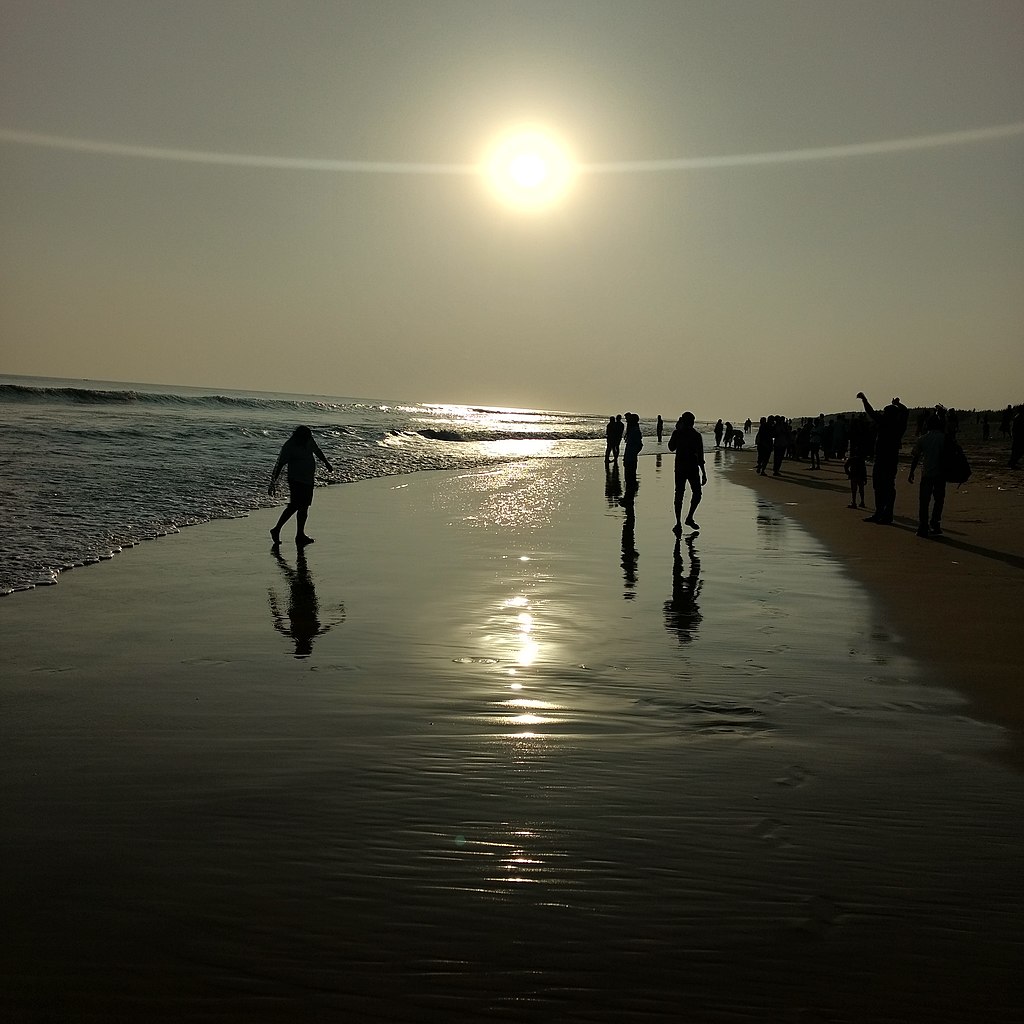
Chandrabhaga Beach, where the Chandrabhaga River meets the sea 3 kilometres east of the Sun Temple in Konark, Orissa, is one of the country’s most scenic and pollution-free beaches. The beach was awarded the Blue Flag certification by the Foundation of Environmental Education (FEE) for its beautifully clean shoreline and crystal clear waters, which is a badge given to environmentally friendly beaches that satisfy their high standards. The beach, which is lined by tall trees and a large expanse of golden beaches, is also culturally and historically significant. Several cultural events and religious fairs are conducted here on a regular basis, drawing a large number of pilgrims and devotees.
Timing- Open 24 Hours
Entry Fee- No Entry Fee
Time Required- 1-2 Hours
4- Sun Temple
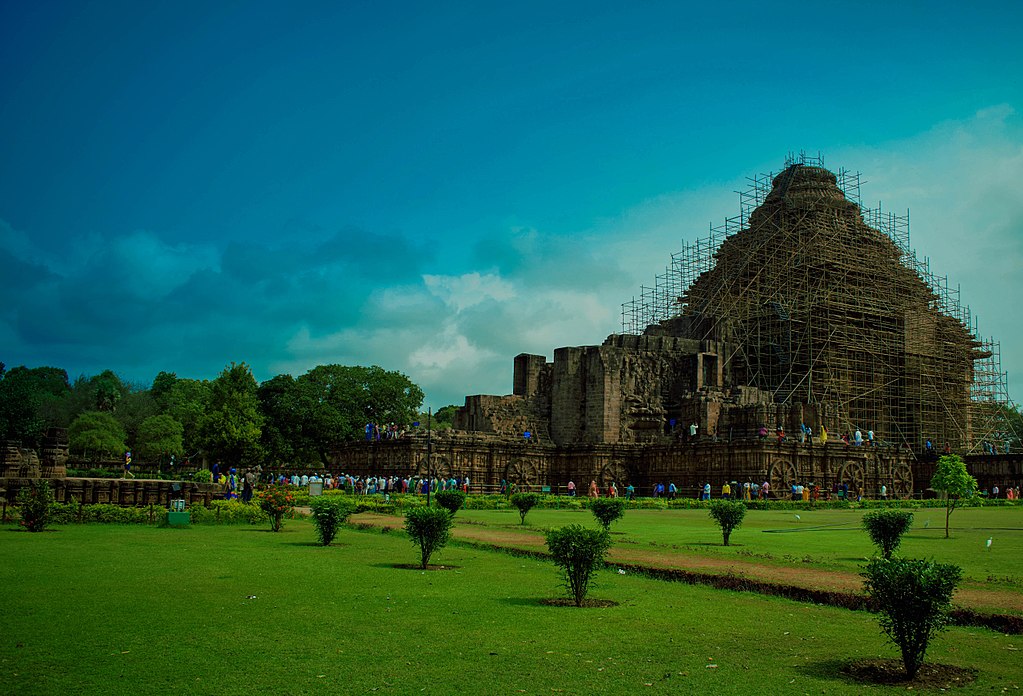
The Sun Temple, devoted to the Sun God, is without a doubt Konark’s most popular attraction. The temple, which is shaped like a massive chariot with twelve sets of wheels and seven horses pulling it, is a sight to behold. The Sun Temple, popularly known as the Black Pagoda, was built under the patronage of Raja Narasingha Deva I of the Ganga Dynasty. The entire temple is a veritable treasure trove of creative riches. The temple’s complex bas relief patterns, sculpted figures’ perfection, and perfect proportions, designs, and architectural features are mesmerizing and unparalleled. The extraordinary displays of craftsmanship at Konark attest to the artisans’ tenacity and brilliance. The beauty of the Konark Temple is best described by Abu’l-A’in-i-Akbari Fazl’s description: “Near Jagannath is a temple consecrated to the Sun. Its cost was covered by the province’s earnings for twelve years. Even people with critical and difficult to please judgments are taken aback when they see it.”
Timing- 6:00 AM To 8:00 PM
Entry Fee- INR 30 Per Person
Time Required- 2-3 Hours
5- Varahi Devi Temple
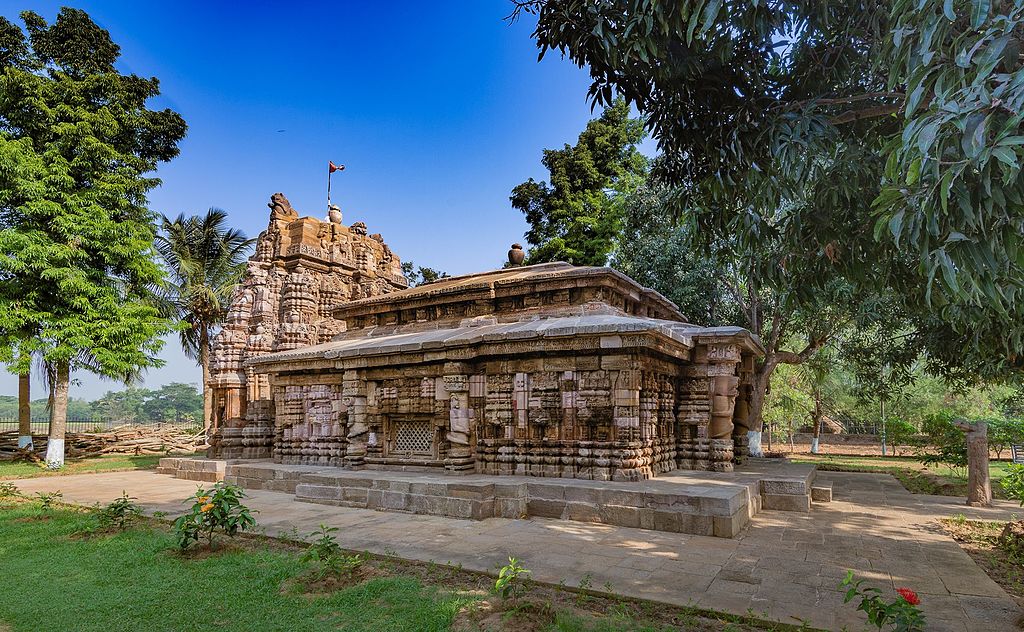
Chaurasia’s Varahi Devi Temple is 27 kilometres from Konark. It’s also known as Barahi Temple, and it’s been standing on the banks of the Prachi River since time immemorial. Goddess Varahi has been venerated here since the Somavamsi Empire established this temple in the 10th century CE. Goddess Varahi is pot-bellied and sits on a buffalo throne. She has a boar’s face and is holding a fish in her hands. The goddess is fed a non-vegetarian feast of fish every day, in contrast to other Hindu temples, and the devotion ceremonies are tantric in nature. This temple’s architecture, like that of most Konark temples, is worth visiting. Many statues may also be discovered in the temple’s grounds, which are made of sandstone and artistically engraved. There is a lot to see here, from Suryadev’s sculpture to Ramayana images painted on the walls.
Timing- 6:00 AM To 8:00 PM
Entry Fee- No Entry Fee
Time Required- 1 Hour
6- Ramachandi Temple
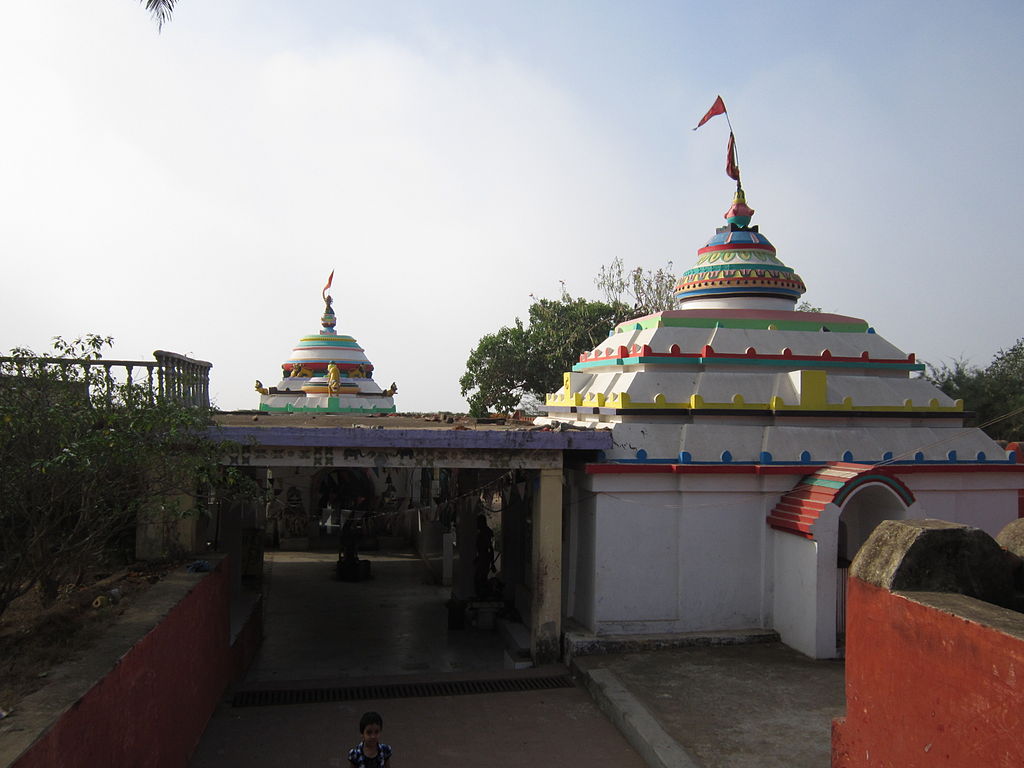
The Ramachandi Temple, on the banks of the River Kushabhadra, is dedicated to the goddess of the same name. The temple is not just for religious visitors, but also for those who want to enjoy the attractions and rest. A picnic resort is close, and it’s only 7 kilometres from Konark. This temple is thought to be older than Konark’s sun temple, and it houses the town’s chief god.
Timing- 6:00 AM To 8:00 PM
Entry Fee- No Entry Fee
Time Required- 1 Hour
7- Kuruma
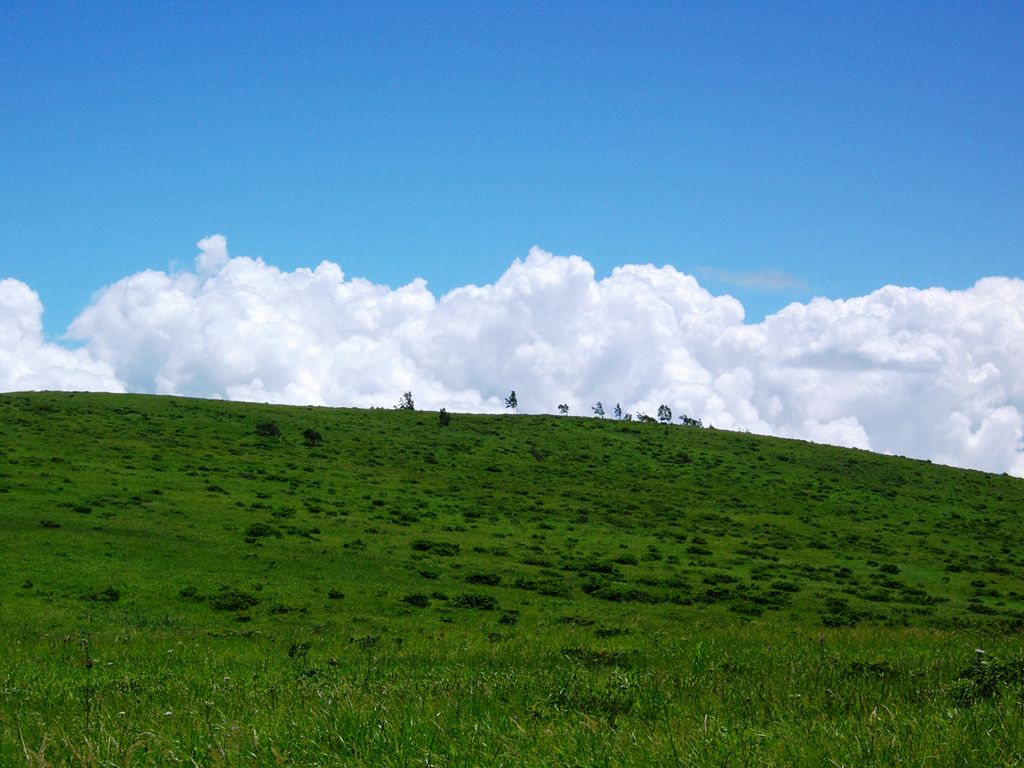
Kuruma is a small town located 8 kilometres from Konark. Kuruma is a fascinating half-day journey from Konark and is home to several extremely ancient Buddhist sites. You will be able to explore the places and remains where Hiuen Tsang described the stupas that formerly existed here.
Timing- Open 24 Hours
Entry Fee- No Entry Fee
Time Required- 1 Day
8- Maa Mangla Temple
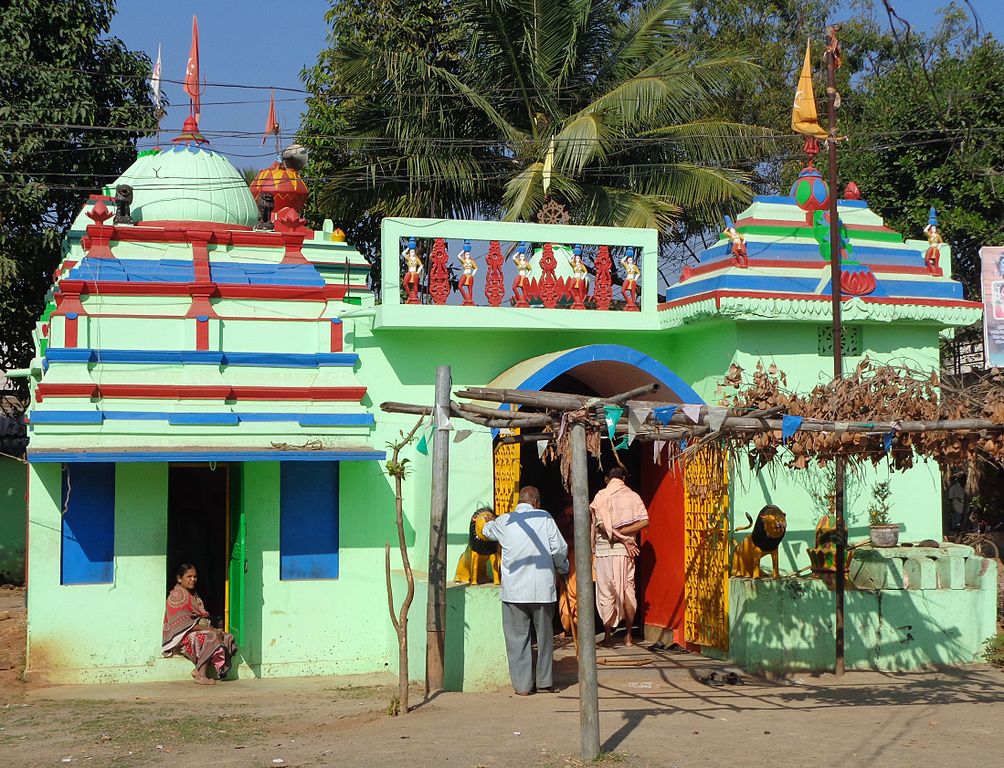
Maa Mangala Temple, located 21 kilometres from Konark in the Puri district of Odisha, is a Hindu temple. It is also known as ‘Sarba Mangala Mandir’ and ‘Bata Mangala Temple.’ It is one of Odisha’s most well-known Shakti Peethas and one of Konark’s most popular tourist attractions.
The temple’s presiding deity is Goddess Mangala. The temple, which was built in the 15th century, is a symbol of Kalinga’s old past. According to tradition, the Goddess Mangala concealed herself beneath the Prachi River’s waters.
Maa Mangala told him in a dream to retrieve her from the middle of the river and establish her in the village of Mangalapur when a boatman was unable to cross the river in full flood. He scuba-dived and recovered the goddess idol before erecting the temple. The boatman later observed a crow plunge into the same location in the river where the divinity was discovered, but the crow never emerged. In the Oriya language, ‘Crow’ is pronounced ‘Kaka,’ and ‘Detained’ is pronounced ‘Atka.’ As a result, the city is known as Kakatpur.
It is a popular pilgrimage for Shakti cult adherents and is built in the traditional Kalinga style. Pilgrims flock to the temple on a regular basis to seek Maa Mangala’s blessings. Maa Mangala is reported to slumber on a bed constructed of solid stone after traveling the entire universe every day. The bed appears to be worn out in the same way as it would if it had been used for centuries.
During the Navakalebara (Renovation of the Deities) celebration, Kakatpur Mangala Temple has a tight relationship with Lord Jagannath Temple in Puri. Old deities are buried beneath the dirt, and new statues are carved out of a sacred wood called locally as ‘Daru Brahma.’ The priests of Lord Jagannath temple visit Kakatpur Mangala to pray to the Goddess for divine aid in finding the precious wood, as is customary. The priests sleep in front of the Goddess, and in their dreams, Goddess Mangala appears and tells them where the three sacred trees for the three deities are located. This tradition has been carried out without fail for many years.
Timing- 6:00 AM To 8:00 PM
Entry Fee- No Entry Fee
Time Required- 1 Hour

